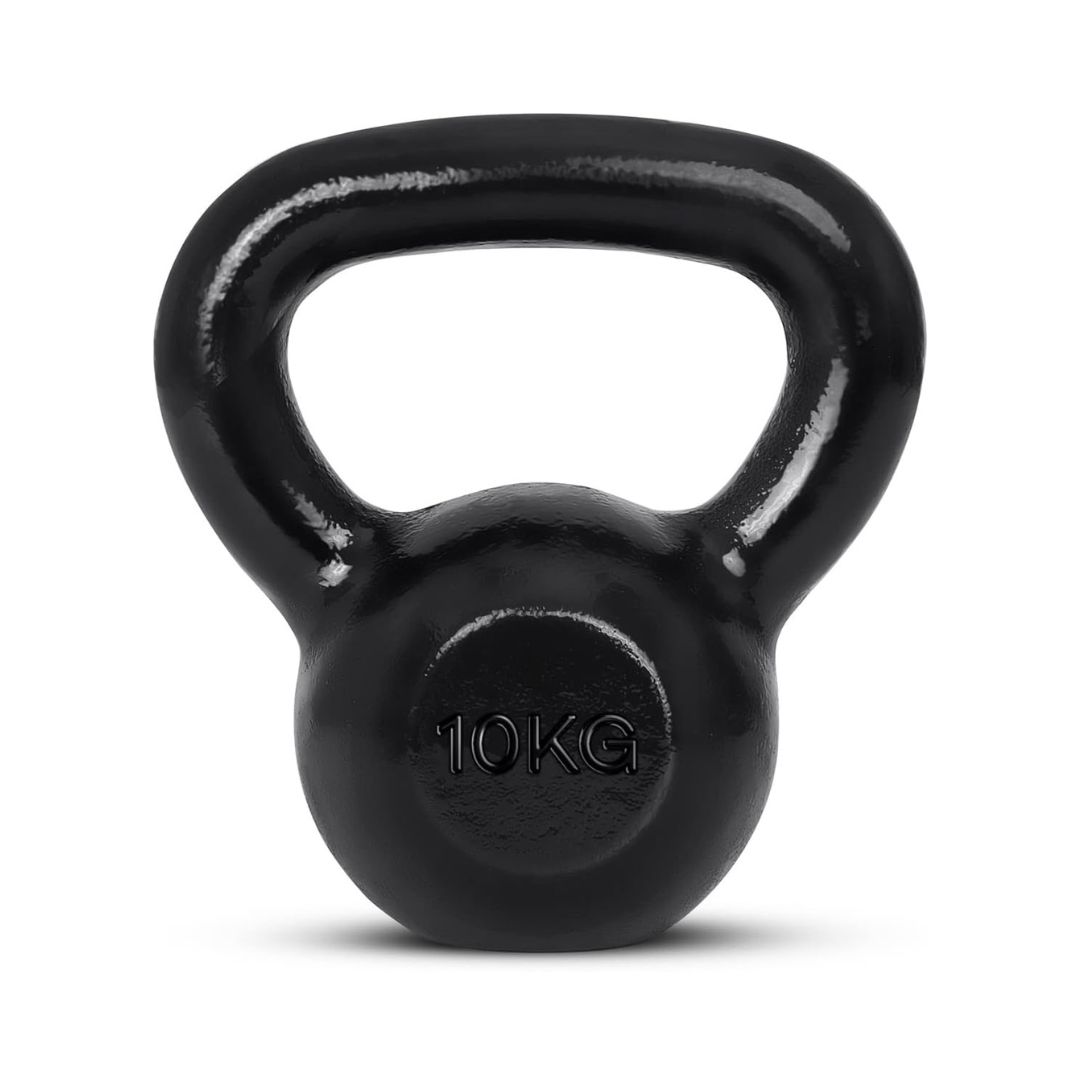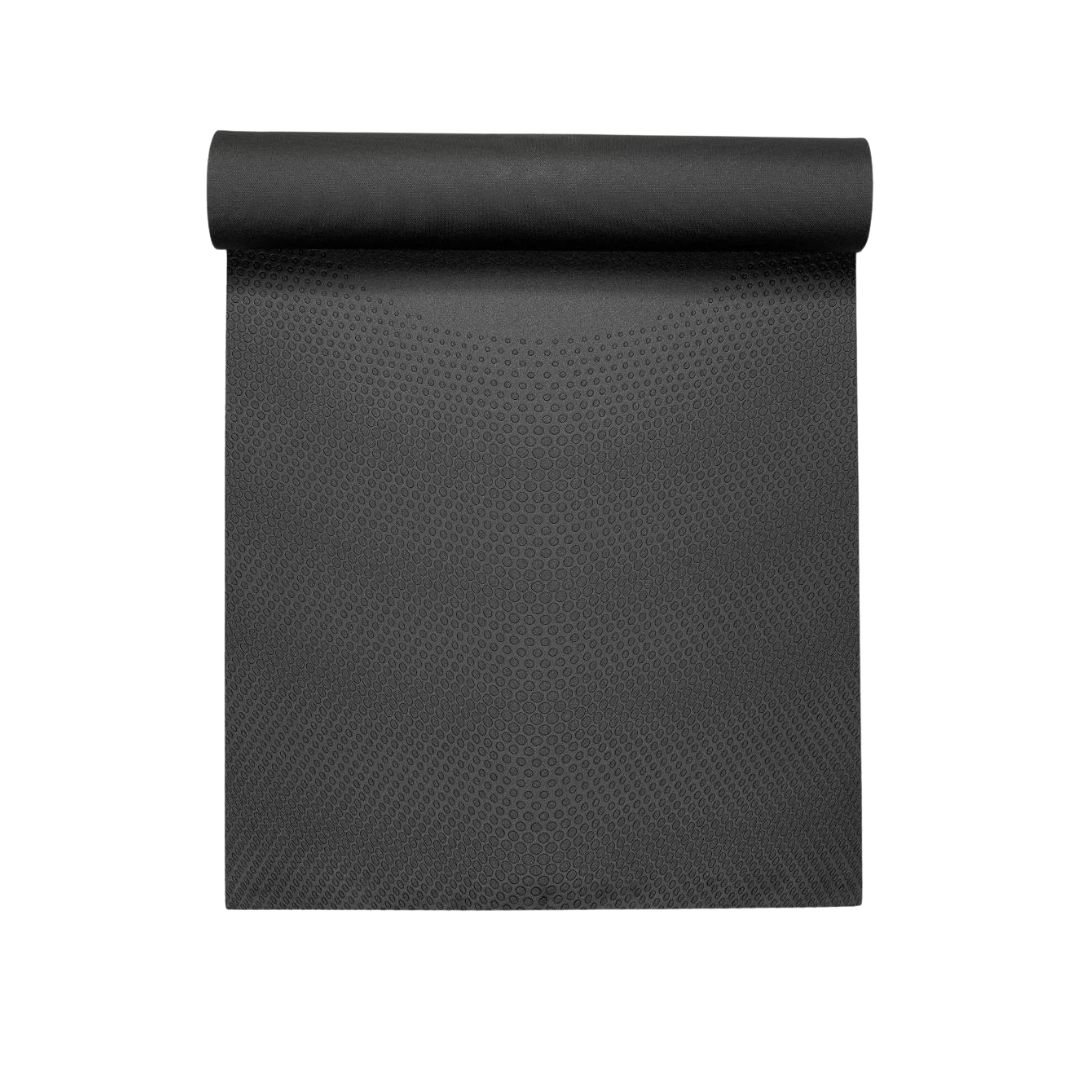Ever heard of circuit training? Why it's one of the best workouts for boosting both strength and cardio fitness
An oldie but a goodie.


Exercise trends come and go, but a workout style that stands the test of time is circuit training. Unlike some of the sensationalist and gimmicky sessions you might see shared across social platforms, circuit training tends to be a reliable method of increasing strength and improving cardiovascular health.
So, what actually is it? “Circuit training is a workout that involves moving through a series of exercises with little to no rest between them,” explains Will Pate, strength and conditioning master trainer at Third Space. Typically, he expands, circuits consist of six to twelve exercises, targeting different muscle groups or combining strength training and cardio movements such as squats, push-ups, and burpees, and is considered a functional fitness workout. “Each exercise is performed for a set time (e.g., 30 to 60 seconds) or a specific number of reps (e.g., ten to 15). Rest between exercises is short, around 15 to 30 seconds, and the circuit is often repeated two to four times. This format keeps the heart rate elevated, ideal for boosting cardiovascular fitness, keeping things fun, and improving muscle endurance.”
There’s substantial research supporting the benefits of strength training and the reasons to try circuit training, in particular. One study, published in the Biology journal, concluded that resistance circuit-based training greatly increases muscle mass and upper and lower strength. In addition, it advances cardiorespiratory fitness, aerobic performance and maximum aerobic speed or power. In short: it’s worth a go if progressing any of these elements is your goal.
Inspired to try it for yourself? We asked Pate to break down your need-to-knows about circuit training, below. While you're at it, give our guides to mobility training, strength training for beginners, and low impact strength training a read, plus learn the different benefits of strength training vs hypertrophy.
Heard of circuit training and keen to learn more? Your guide
What are the benefits of circuit training?
The benefits of doing regular circuit training are vast and varied, depending on many factors (exercise selection and intensity level, as two examples). Typically, it’s a workout that combines both strength and cardio exercises, helping to improve muscular endurance and cardiovascular fitness simultaneously, according to Pate. “Because it targets multiple muscle groups, circuit training promotes balanced strength development and helps prevent muscle imbalances,” he says. “The short rest periods keep the heart rate elevated, improving stamina and heart health over time.”
Additionally, circuit training is time-efficient, as it allows you to complete a full-body workout in a shorter period of time – ideal for anyone working on a fitness goal while juggling work and family responsibilities. “Its flexibility in exercise selection also keeps the routine varied and engaging, preventing workout boredom,” says Pate. “Finally, it’s adaptable to all fitness levels, making it accessible for beginners and challenging for more advanced individuals.”
Can circuit training improve strength and cardiovascular health?
We’ve touched on this already, but circuit training can be beneficial both for strength and cardiovascular health, depending on exercise selection. “It involves performing a series of exercises targeting different muscle groups with minimal rest in between, which elevates the heart rate and promotes cardiovascular endurance,” Pate explains.
Celebrity news, beauty, fashion advice, and fascinating features, delivered straight to your inbox!
Incorporating resistance exercises, such as weightlifting or bodyweight movements builds strength and power. “Since exercises are performed in quick succession, the continuous movement keeps the cardiovascular system engaged, enhancing aerobic capacity,” Pate says.
Who should be doing circuit training, and who should steer clear?
Circuit training is such a versatile style of workout, it’s suitable for most people. However, Pate cautions that those with certain conditions should approach circuit training cautiously. “People with cardiovascular issues, joint problems or injuries may need to modify exercises to avoid strain,” he says. “Beginners or individuals with low fitness levels should start with lower intensity to prevent overexertion. Pregnant individuals or those recovering from surgery should consult a doctor before starting.”
If you have a specific goal, such as building significant muscle mass or running a half marathon, for example, there are likely more effective types of training you should prioritise.
What you need to know before trying circuit training for the first time
Pate’s advice to anyone trying circuit training for the first time is to start slow, and focus on proper form to avoid injury (it’s worth signing up for a group class or PT session to learn the basics before going it alone). “Adjust the intensity based on your fitness level,” he says. “For beginners, bodyweight exercises like squats, push-ups, and jumping jacks are great starting points. As you progress, you can add weights or increase the number of rounds.”
He also emphasises the importance of hydrating, listening to your body and prioritising rest days for optimal recovery. “Most importantly, have fun and enjoy the variety circuit training offers."
Try a PT-recommended circuit training workout
Give a circuit workout a go with the below session.
How long? For the first round, aim for 60 seconds of workout followed by 30 seconds of rest. Then, for round two, aim for 45 seconds on, 15 seconds off. For your final round, aim for 30 seconds of work followed by 15 seconds of rest. Between each round, take a minute of rest.
- Goblet Squat
- Push up w/ 2 shoulder taps
- Burpee
- TRX row
- Row or Bike
- Butterfly sit ups
Shop MC UK approved fit kit now:

When you're ready to progress your home-based circuit training workouts, a kettlebell will add resistance and increase the level of difficulty.

Working out at home? This grippy Lululemon mat will ensure you feel comfortable and supported during your training sessions.

If you like to mark the start of a new training chapter by treating yourself to a new piece of kit, these Sweaty Betty leggings should do the trick. Available in a range of colours and prints, they're specifically designed to suit many types of workout.

Abbi Henderson is a freelance journalist and social media editor who covers health, fitness, women’s sport and lifestyle for titles including Women's Health and Stylist, among others.
With a desire to help make healthcare, exercise and sport more accessible to women, she writes about everything from the realities of seeking medical support as a woman to those of being a female athlete fighting for equality.
When she’s not working, she’s drinking tea, going on seaside walks, lifting weights, watching football, and probably cooking something pasta-based.